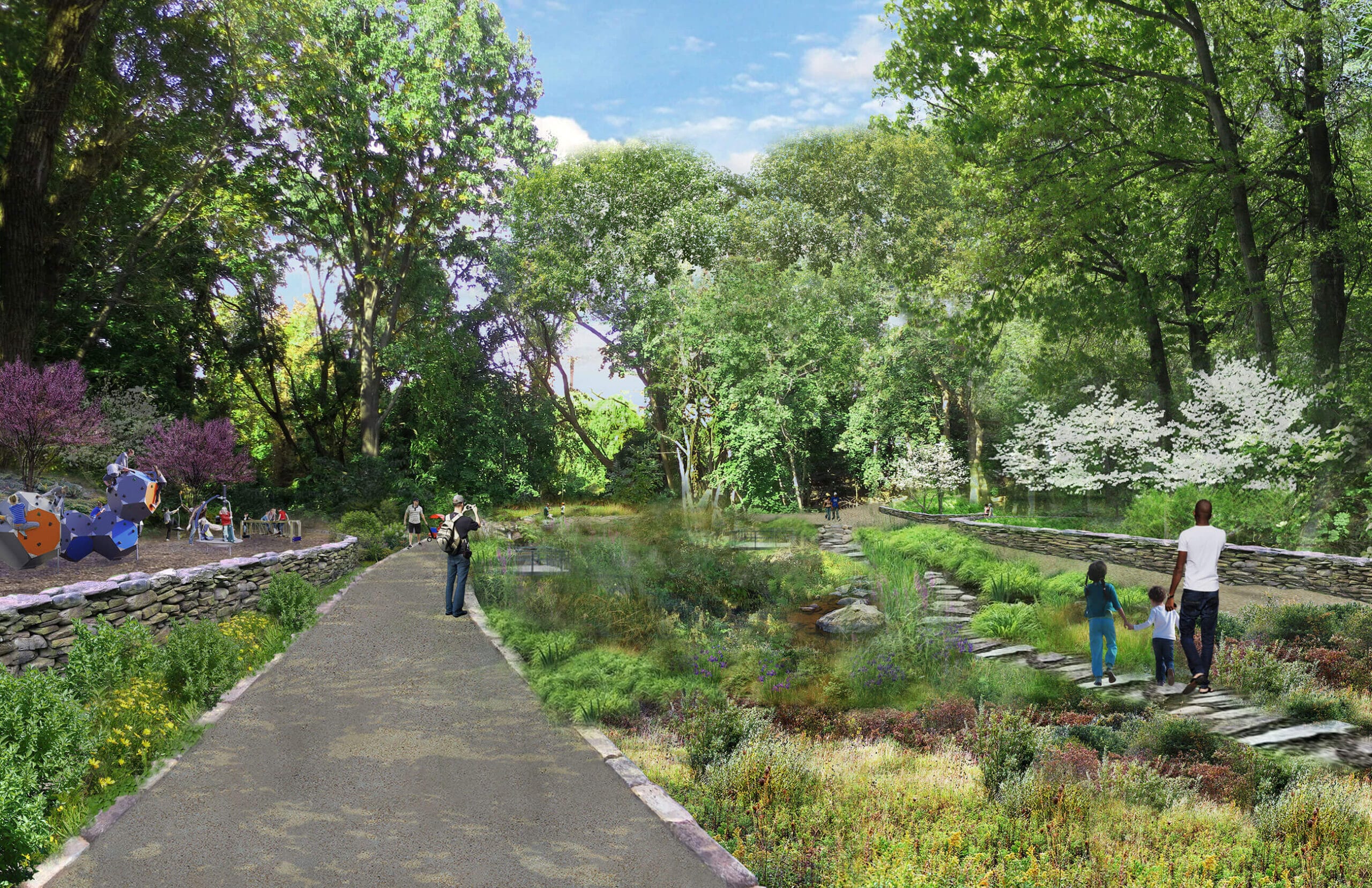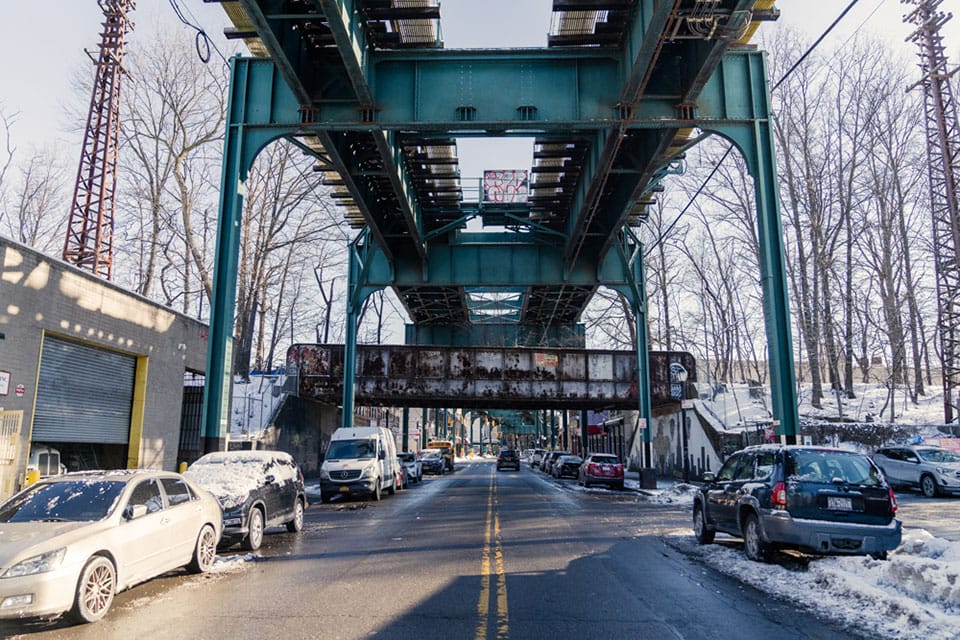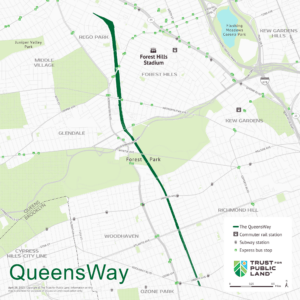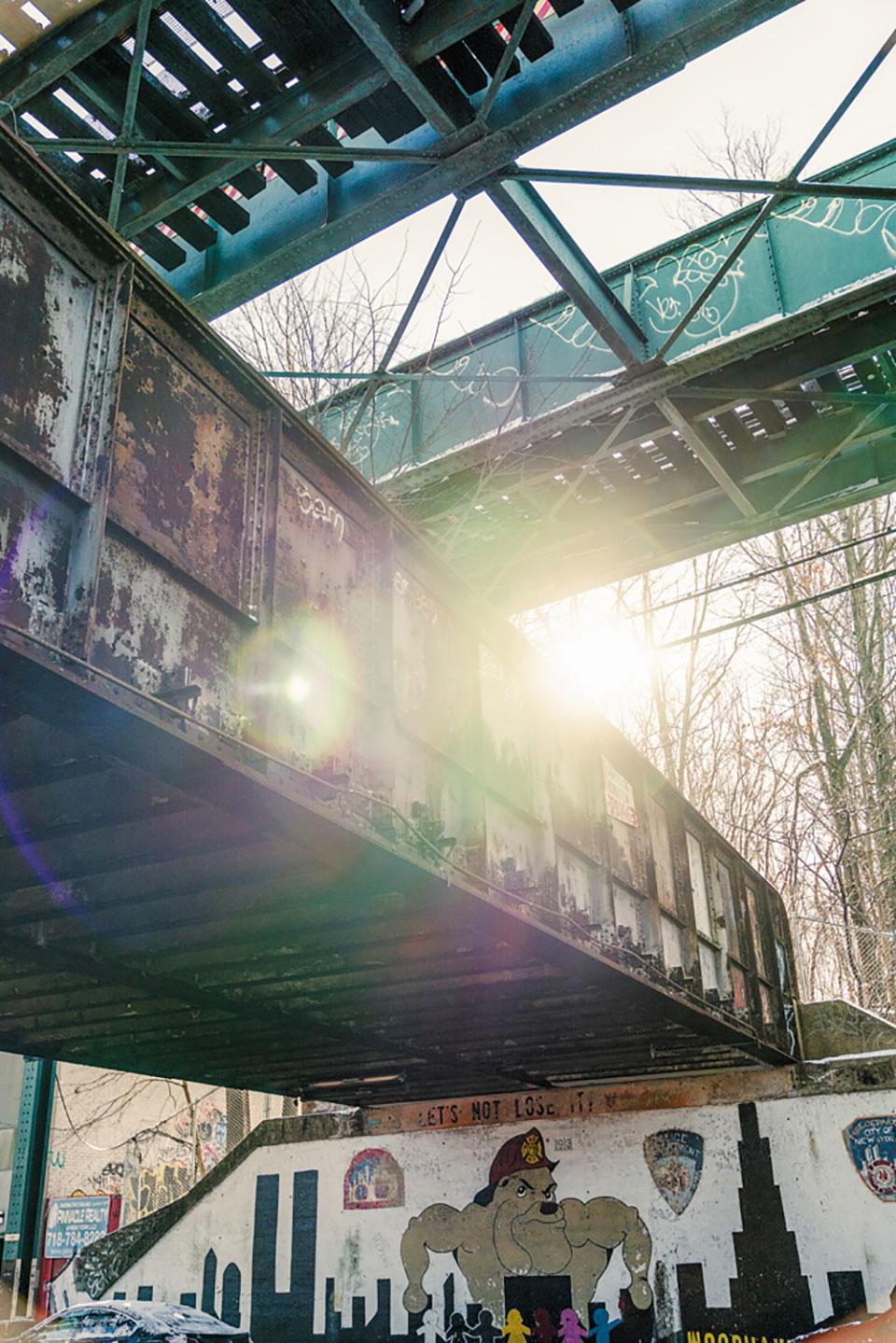The QueensWay
What We’re Doing
Partnering with the community to imagine and create a walkable, bikeable linear park that connects numerous communities and millions of people to the outdoors while generating economic, health, and climate benefits.
Our Goal
Repurpose a long-abandoned stretch of rail line to provide a safe, carbon-free transportation route for millions of New Yorkers.
-
Friends of the QueensWay
Friends of the QueensWay (FQW) is a grassroots community organization—consisting mainly of Central and South Queens residents—this is advocating for the conversion of the long-abandoned, 3.5-mile, 47-acre Rockaway Beach Branch of the Long Island Rail Road into a family-friendly public park that can be enjoyed by bikers, walkers, joggers, visitors, tourists, workers, and residents in Queens. It is FQW’s intention to plan the reuse of this property in a way that not only creates an iconic park but also sparks economic and cultural development, improves quality of life and the environment, and provides greater access to all that Central Queens has to offer, including a direct, fast, and safe link to Forest Park.
-
Sign the Petition
You can help support the QueensWay by signing our petition.
632 Broadway
Suite 902
New York, NY, 10012
(212) 677-7171
newyork@tpl.org





